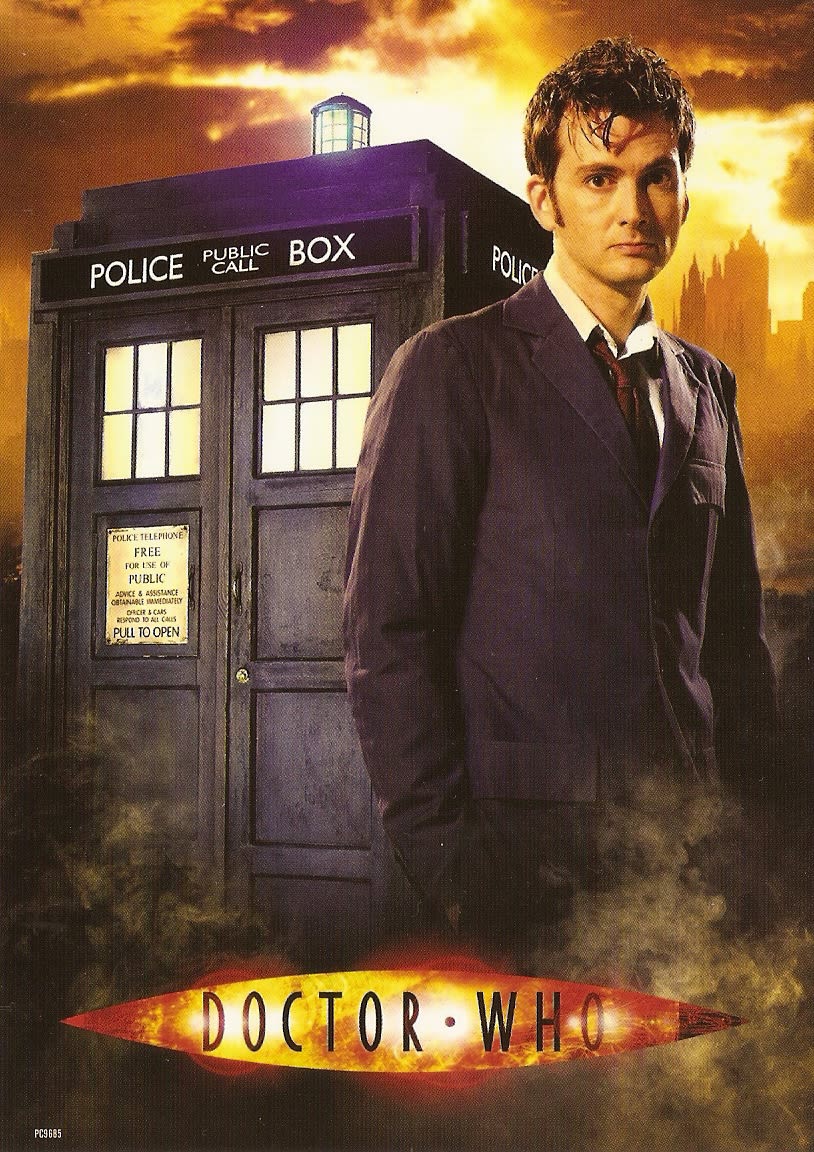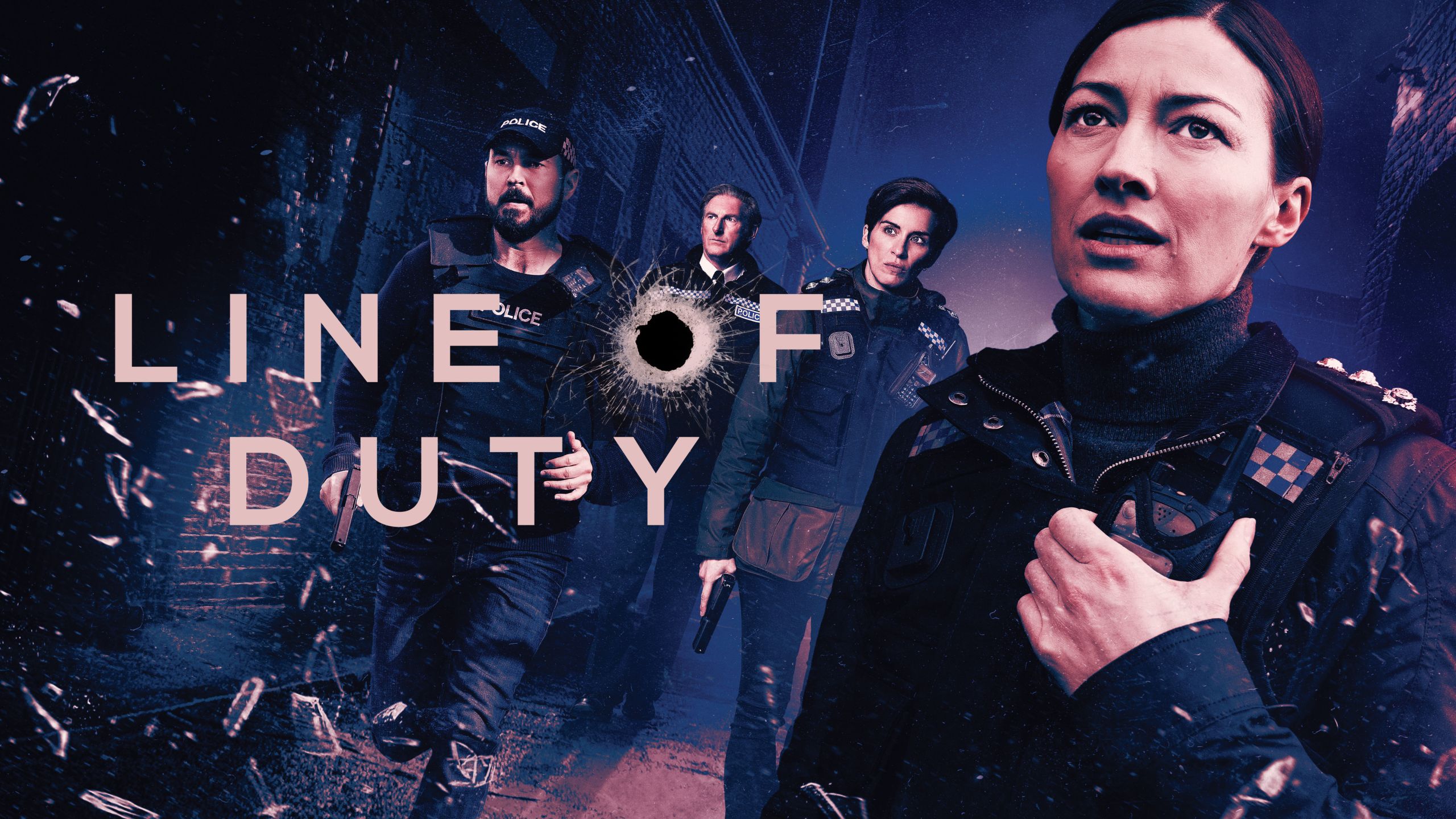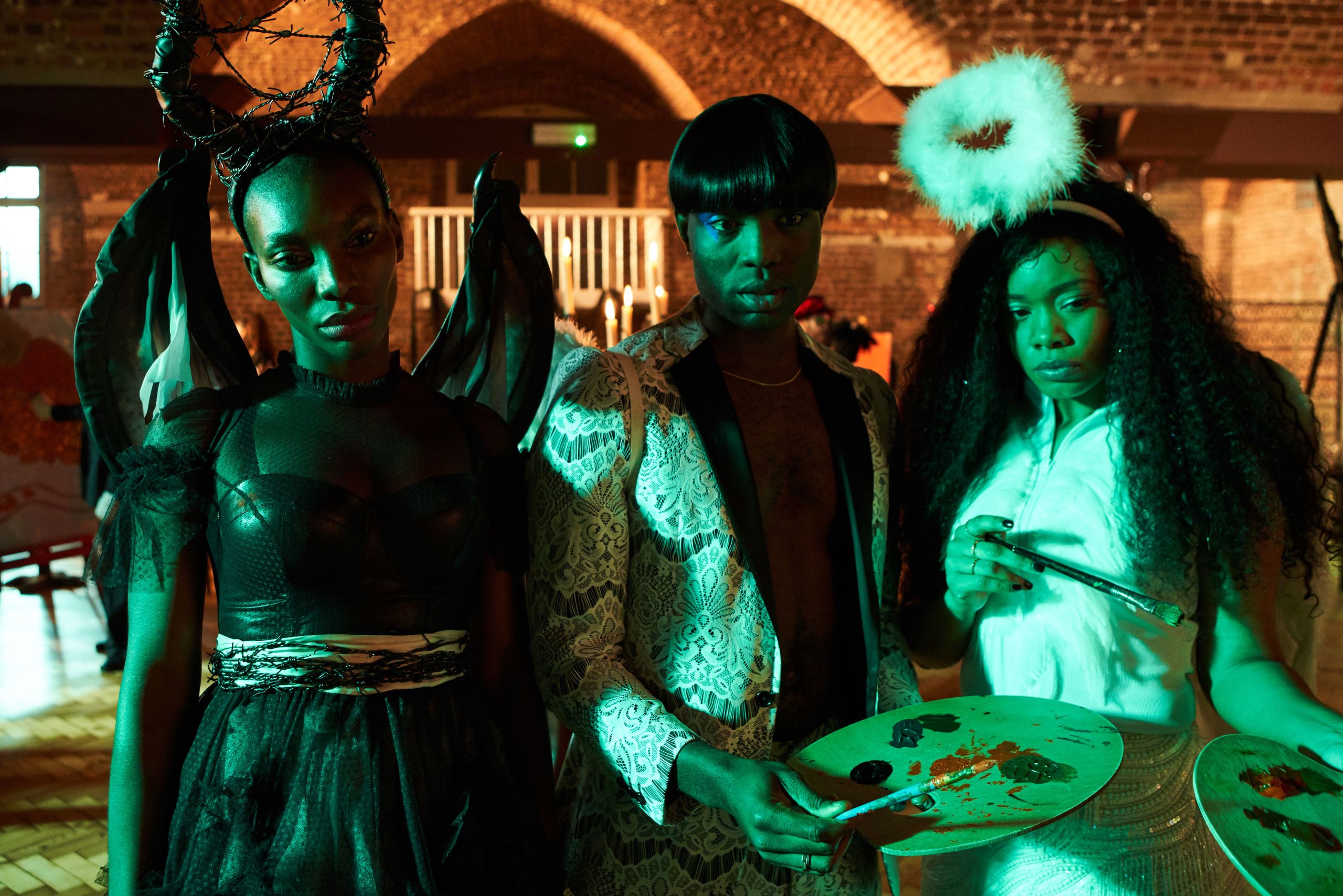Are we beginning to remember the value of weekly episodic TV?
By Liv L'Estrange

Back in its noughties renaissance, Doctor Who was appointment viewing, reaching over 13 million viewers at its peak. In my house, “Doctor Who’s on!” would be called out, followed by me thundering down the stairs, having mistimed how long it would take to get in front of the TV. I remember the mad scramble for the best seat, inevitably shoving a sibling out of the way to get the prime angle in front of the screen. I would almost always be cowering behind a cushion, but we would watch it together, experiencing the magic of this era of Doctor Who at the same time each week. However, the latest series of Doctor Who experienced its lowest viewing ratings since its reboot in 2005 – the series finale attracted 3.78 million overnight viewers.
Whilst this nostalgia all sounds incredibly boomer-like, there is a rose-tinted fondness of weekly episodic TV that seems increasingly less common with the meteoric rise of streaming services during the last ten years. It could be easy to point the finger at the declining quality of live TV – the phrase "nothing’s on", whilst flicking through the channels, is not an alien one. Doctor Who’s demise from being at the forefront in UK popular culture cannot be purely blamed on the rise of streaming services, when series seven and eight were a marked decline in quality, and episodes became increasingly hit or miss thereafter. But it's not a decline in quality that's the problem – it is the opposite. We are inundated with good TV from multiple platforms: it's not surprising we're not watching the same thing at the same time as often, especially with the short-term gratification that indulging in multiple episodes in succession provides. The TV landscape has certainly changed. However, whilst the value of weekly episodic TV in its shared experience has been somewhat diminished, it has not been lost.

Social media means that the discussion and shared excitement weekly episodic TV brings has continued with binge watching and streaming services. Shows such as Netflix’s Bridgerton and BBC Three’s Normal People still created watercooler moments and had impressive viewing figures. We can so easily share our opinions to so many people, using trending hashtags, and so we don't need to be sat down together to get a collective experience from hit TV shows.
Still, weekly TV does it better. BBC’s Line of Duty has proven enormously popular, even though viewers were not able to binge watch the series as they were aired weekly. Beginning in 2012 as a fairly unacknowledged drama in terms of the public consciousness on BBC Two, with less than 4 million viewers per episode in its first series, the show has experienced an immense rise, becoming the UK’s most-viewed TV drama of the century. The overnight figures were an impressive 12.8 million for the series six finale.
Line of Duty thrives in the traditional format of weekly episodic TV. The almost excruciating cliff-hangers that have viewers shouting at the TV make the week-long wait difficult, but in that time you can discuss and mull over each episode. To binge watch Line of Duty would lose some of the tension as the programme was been building up to a huge character reveal, being eeked out over the course of seven weeks in the latest series. Whilst the series finale was disappointing to some, the finale was especially hyped up because of the extended wait. It felt like the nation was gripped in Line of Duty excitement for this longer period of time, and the show trended on twitter after each Sunday night instalment. Streaming services have joined in on the excitement weekly episodic TV creates, with shows such as Disney Plus’s Wandavision being released in weekly instalments, creating an online buzz for each episode.

But which shows do we allow to become appointment TV? The recent trend for political dramas such as Bodyguard and period dramas such as Downton Abbey performing well in UK TV ratings shows that popular weekly episodic TV tends to be centred around predominantly white casts. Channel 4’s It’s A Sin and BBC Three’s I May Destroy You have the quality and presence of appointment TV – but would they have made the cut for British audiences to rise to the top if released only in a traditional weekly format? It seems the public can be narrow minded in what attracts top viewing figures. However, the shows mentioned lend themselves to being watched in short succession, to be immersed in their rich storylines. Spending an intense amount of time with characters can bring a sense of closeness to them, and their absence is felt strongly when the show is finished.
Weekly episodic TV may be making a comeback, with streaming services beginning to use the format for dramas, but the sense of belonging created through shared interest in shows, especially encouraged by social media, never went. We may not be watching programmes at the same time exactly every week, but there is still a desire to be in the loop with popular shows, and to discuss them with our peers. From being in a pandemic when we were physically further apart from people, there is a comfort in sitting down to watch a show, knowing so many people are doing the exact same thing. This can exist with binge watching a show soon after its release, but is ultimately stronger with weekly episodic TV – its return is a welcome one.

